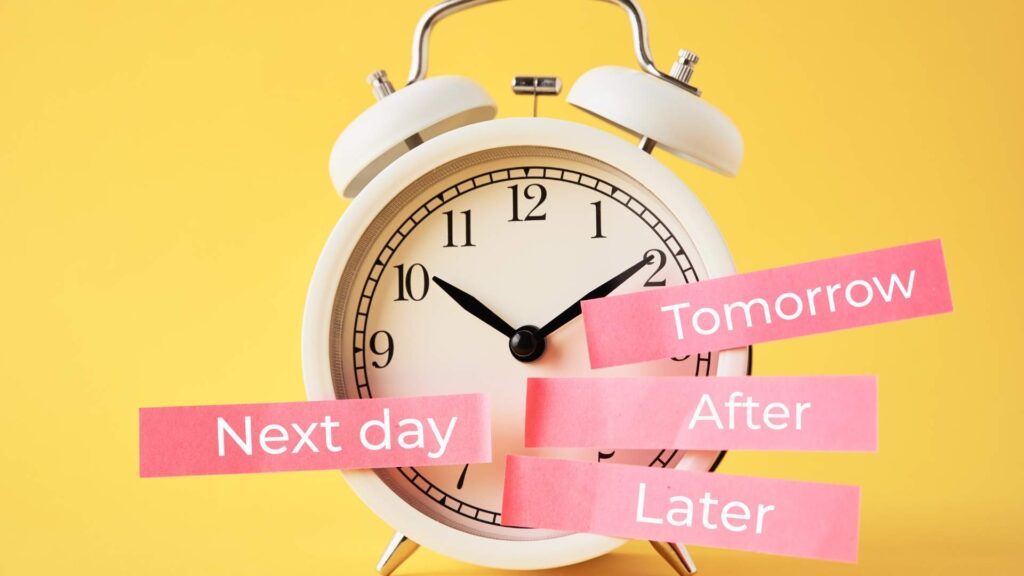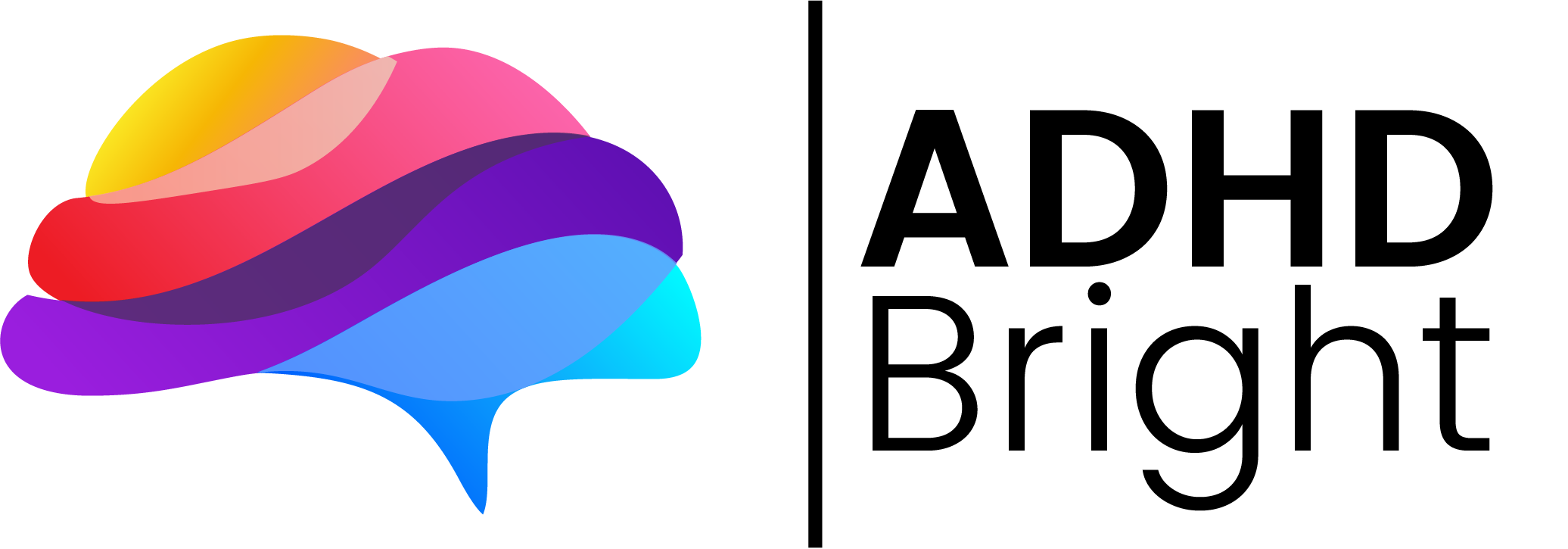If you live with ADHD, you’ve probably wondered:
“Why do I procrastinate even on the simplest things?”
You want to start. You even know exactly what needs to be done. But your brain freezes.
This isn’t laziness. It’s how attention deficit hyperactivity disorder (ADHD) interferes with the brain’s executive functions, which manage organization, prioritization, and action. According to the National Institute of Mental Health, ADHD affects key regions responsible for focus and motivation, making it harder to start or sustain effort, especially when tasks feel unclear, unstructured, or emotionally heavy.
Procrastination is rarely about the task itself. It’s about the mental friction before it. Each delay is a signal of something deeper: lack of clarity, emotional overload, low stimulation, or fear of imperfection.
Let’s look at why ADHD brains procrastinate, starting with the most common and paralyzing reason — Task Overwhelm from Poor Clarity.
1. Task Overwhelm from Poor Clarity
When a task feels vague or too big, the ADHD brain reads it as a threat. “Clean the house” or “work on project” offers no clear starting point. This lack of clarity triggers overwhelm and paralysis.
As explained in Task Overwhelm from Poor Clarity, ADHDers struggle when tasks aren’t clearly defined because executive function thrives on visual order and defined steps. Without clarity, your brain burns through dopamine trying to figure out where to begin, leaving little left for doing.
How to fix it:
Write your tasks down — every step, no matter how small. When you externalize your to-dos, you reduce mental clutter, decision fatigue, and overthinking. When planning takes 80% of the effort, execution becomes the easy 20%.
Once you reduce friction and simplify your plan, productivity naturally increases. ADHD brains are great at finding efficient shortcuts — all they need is clarity and a clear visual structure to start moving forward.

2. Emotional Avoidance and Rejection Sensitivity
Many ADHDers procrastinate not because they’re lazy — but because they’re afraid. Fear of failure, perfectionism, or rejection sensitivity can make even small tasks feel emotionally risky.
The ADHD brain is highly sensitive to perceived criticism or mistakes. If you’ve failed before, your brain may associate tasks with shame or embarrassment, making avoidance a protective reflex.
How to fix it:
Use journaling to process the emotion behind the resistance. Writing lets you name and release fear instead of reacting to it. In my article ADHD Journaling Prompts for Self-Awareness and Regulation, you’ll find guided prompts inspired by CBT that help you untangle avoidance and regain confidence.
You can even paste those prompts into ChatGPT to dig deeper into your thoughts and emotions — it’s like having a supportive coach on demand.
Inside ADHD Bright, journaling is integrated directly into the planner. The CBT-based reflection section helps you reframe negative self-talk and emotional overwhelm before it spirals into procrastination.
3. The Task Initiation Block
One of the hardest ADHD challenges is simply starting. You might know exactly what to do but still can’t take the first step.
As we explored in The ADHD Brain and Task Initiation, this isn’t a motivation issue — it’s a brain wiring issue. Dopamine pathways that trigger “go mode” are underactive, which means your brain struggles to connect intention to action.
How to fix it:
Start ridiculously small. Commit to just two minutes of work. This free, low-pressure method works because it bypasses resistance and activates momentum.
In ADHD Bright, the Timeboxing feature turns this into a healthy form of engagement. You estimate how long a task will take, start the timer, and see how close you can get. It’s playful, challenging, and surprisingly effective — I’ve personally boosted my productivity by nearly 40% using it.
4. Dopamine Deficiency and Boredom
The ADHD brain is dopamine-driven, not discipline-driven. Tasks that feel dull or repetitive simply don’t provide enough stimulation to trigger focus.
This is why you might hyperfocus on something interesting but procrastinate endlessly on simple chores.
How to fix it:
Make tasks more stimulating. Add novelty, movement, or sensory elements — listen to upbeat music, race against a timer, or reward yourself after each completed chunk.
ADHD Bright’s visual dashboard helps here too. Color-coded priorities and progress tracking provide micro-hits of dopamine every time you check something off.
5. Lack of Visual Structure
Out of sight means out of mind. ADHDers often procrastinate because their to-dos exist only in their heads or scattered across apps, notes, and sticky pads.
Without a clear visual map of your week, your brain can’t track priorities, and time becomes abstract.
How to fix it:
Externalize your entire week visually. See your schedule, tasks, and progress in one view. This instantly reduces anxiety and gives you a sense of control.
That’s exactly how the ADHD Bright Weekly Planner works. It gives you two coordinated weekly views — one for clarity, one for action — helping you move from thinking to doing seamlessly.
6. The “Freeze” Response and Emotional Flooding
When overwhelmed, the ADHD brain often freezes instead of acting. This isn’t a lack of effort — it’s your nervous system trying to protect you from stress.
How to fix it:
Interrupt the freeze with movement. Stretch, breathe, or walk for two minutes. This physical reset calms your body and reactivates executive function.
Then, journal or brain dump your thoughts. Seeing your worries on paper gives you perspective and helps you transition from emotion to action.
7. Perfectionism and Unrealistic Standards
Many ADHD adults set excessively high expectations for themselves. “If I can’t do it perfectly, I won’t do it at all.”
This perfectionism often masks fear of criticism or failure. The result is paralysis — nothing ever feels good enough to start.
How to fix it:
Aim for progress, not perfection. Set small, achievable goals, and celebrate each completion.
ADHD Bright’s Completed Tasks view was built for this purpose. Every finished task automatically moves into a visual “done” list — your personal highlight reel for motivation and self-compassion.
8. Environmental Distraction and Sensory Overload
Your surroundings have a direct impact on your focus. Cluttered, noisy, or visually chaotic environments constantly hijack ADHD attention.
How to fix it:
Design a workspace that calms your mind. Remove clutter, adjust lighting, and make it visually appealing to your senses.
When you enjoy your space, your brain associates work with comfort rather than resistance. Aesthetic environments improve focus, well-being, and productivity.
9. Lack of Reward and Feedback Loops
ADHD brains crave instant feedback. Without it, tasks feel endless and unrewarding. That lack of closure causes your brain to disengage before you even begin.
How to fix it:
Track progress visibly. Give yourself rewards — small wins count. ADHD Bright makes this effortless with built-in dopamine loops: every time you complete a task, it moves to your “Done” section, reinforcing motivation and confidence.
You can also journal short reflections at the end of each day:
- What did I complete?
- How did it make me feel?
- What’s one thing I’ll try differently tomorrow?
These small moments of self-reflection strengthen focus, resilience, and emotional regulation.
Bringing It All Together
ADHD procrastination isn’t about laziness. It’s about friction between emotion, clarity, and action.
When you reduce that friction — by externalizing tasks, breaking down overwhelm, managing emotions, and creating visual structure — you train your brain to begin effortlessly.
Each small adjustment compounds into massive momentum.
For a full system designed around these principles, explore the ADHD Bright Planner. It combines visual structure, timeboxing, journaling, and clarity tools to help ADHD adults move from stuck to started every day.
And if you want to go deeper into specific challenges, explore these next:
- Task Overwhelm from Poor Clarity
- The ADHD Brain and Task Initiation
- ADHD Journaling Prompts for Self-Awareness and Regulation
Because once you understand why you procrastinate, you can finally design a system that helps you begin with ease and finish with confidence.



